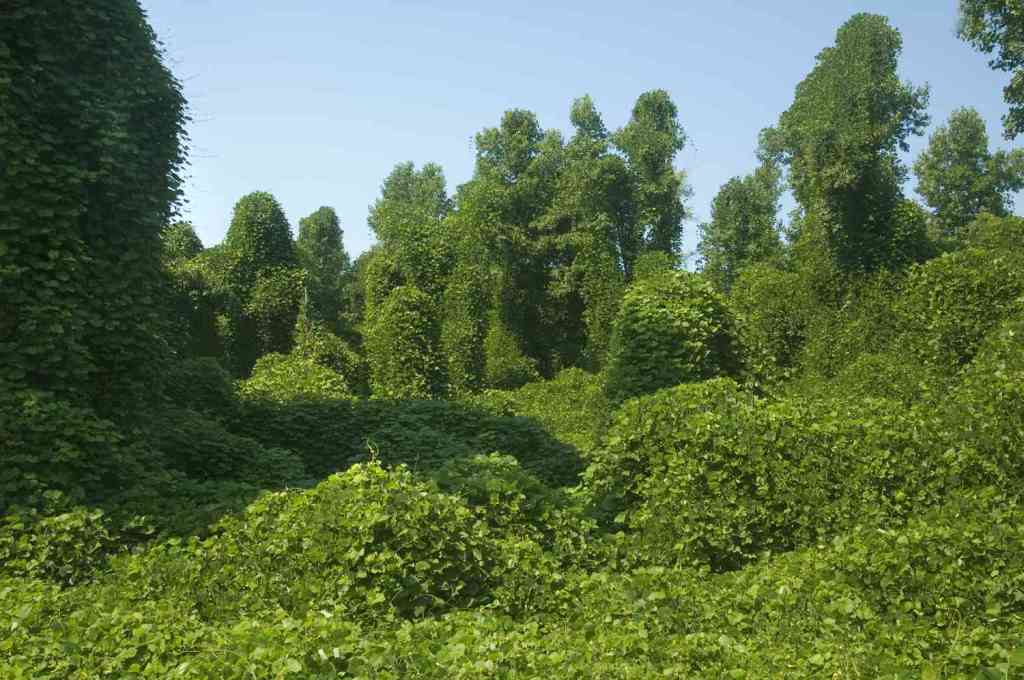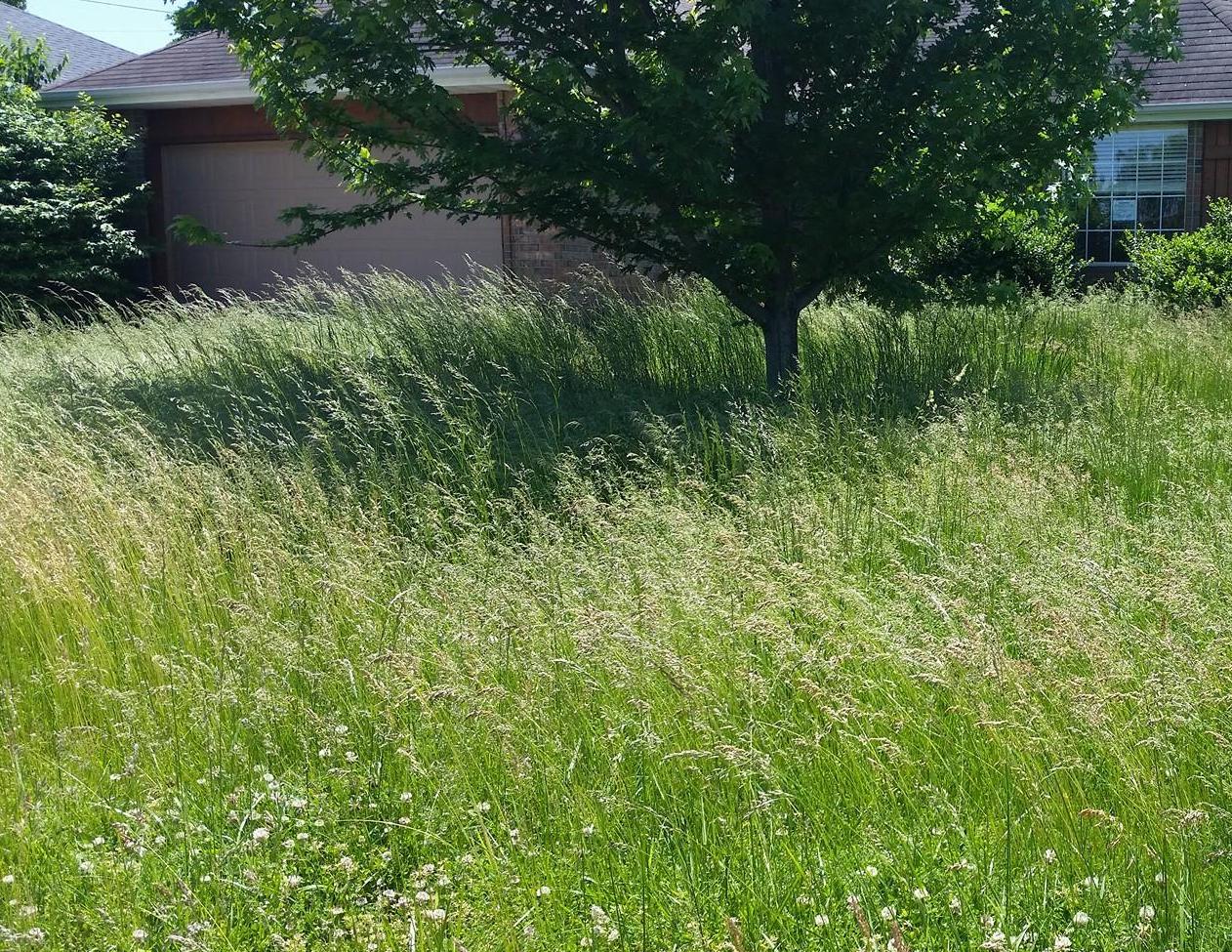Work to find kudzu balance continues
Published 11:00 am Wednesday, May 28, 2025
By James L. Cummins
Kudzu has been given several nicknames throughout the Southeastern U.S. where it grows
profusely due to the ideal climate conditions. Foot-a-night vine, Gat Gun, mile-a-minute vine,
and the vine that ate the South are a few such nicknames.
Introduced from Japan into the U.S. in 1876, kudzu was originally promoted as a forage crop
and an ornamental plant. The Centennial Exposition in Philadelphia, Pennsylvania, invited
countries to build exhibits to celebrate the 100 th birthday of the U.S.
The Japanese government constructed a beautiful garden filled with plants from their country.
This arrangement consisted of the large leaves and sweet-smelling blooms of kudzu. Admired
by everyone in attendance, American gardeners were captivated and began using the plants for
ornamental purposes.
Now common throughout the Southeastern U.S., kudzu has been found as far northeast as New
Jersey, as far west as Texas, and as far south as Key West, Florida. Kudzu has naturalized into
thousands of square miles of land in the U.S. and costs hundreds of millions of dollars annually
in lost crop, cropland, and control costs.
While it was designated as a pest weed by the U.S. Department of Agriculture (USDA) in 1953,
there are some benefits of kudzu. In the 1920s, Charles and Lillie Pleas discovered that animals
would eat the plant and began promoting its use for forage. Kudzu can be used by grazing
animals as it is high in quality as forage and livestock enjoy it.
Kudzu has also been used as a form of erosion control and a soil enhancer. As a legume, it
increases the nitrogen in the soil and its deep taproots transfer valuable minerals from the
subsoil to the topsoil. During the Great Depression, the USDA’s Soil Conservation Service
promoted kudzu for erosion control. Hundreds of young men were given work planting kudzu
through the Civilian Conservation Corps.
Perhaps even more impressive, Harvard Medical School has been studying kudzu as a possible
treatment for alcoholism using an extracted compound, daidzin which produces an anti-drinking
effect. Kudzu root compounds have been shown to affect neurotransmitters including serotonin
which is a key in treating depression. Other medicinal effects are being evaluated and
discovered in other countries as well.
While kudzu does have many benefits, it also destroys valuable forests by preventing trees from
getting enough sunlight. This led Dr. James H. Miller of the U.S. Forest Service to research
methods for killing kudzu. In his many years of research, he found that one herbicide advanced
kudzu growth while many others had little to no effect.
Controlling kudzu has been the focus of many scientific research projects. While there are many
benefits attributed to kudzu, its detrimental effects must be taken into account as well.
Hopefully, we can someday find a great balance in controlling kudzu so that we can continue to
reap its benefits without losing more forests.
James L. Cummins is executive director of Wildlife Mississippi.






